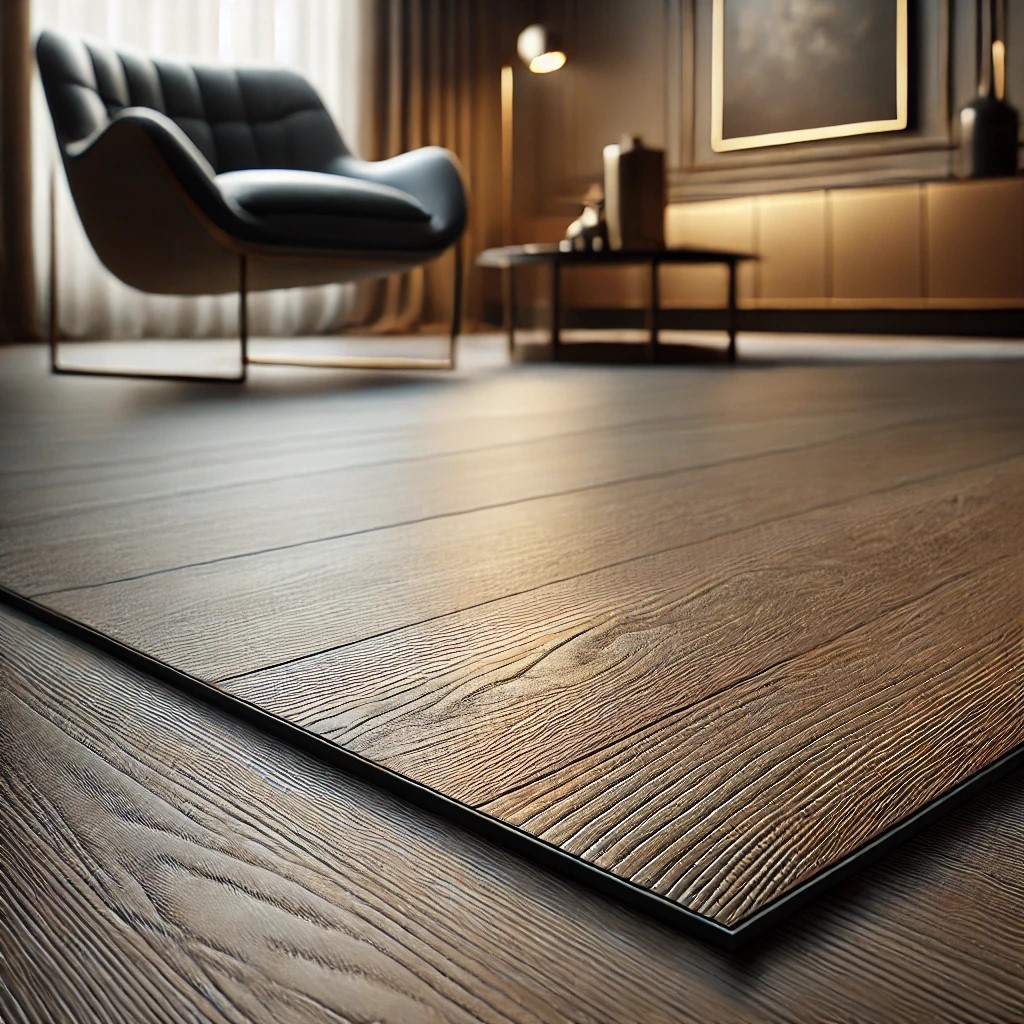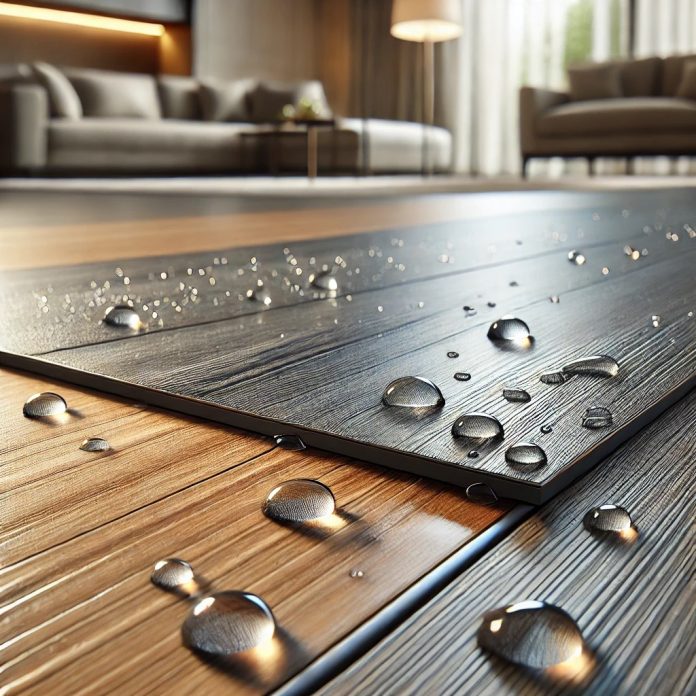When choosing new flooring, it’s important to understand the difference between luxury vinyl tiles (LVT) and standard vinyl tiles. While both types are made from PVC material, they differ in quality and application. LVT is often thicker and more durable than regular vinyl, providing better resistance to wear and tear. This makes it a popular choice for high-traffic areas.
Moreover, luxury vinyl tiles closely mimic natural materials like wood and stone. This design flexibility allows homeowners to achieve the look of more expensive flooring types at a lower cost. Whether opting for a wood-like plank or stone-like tile, there are plenty of options to improve your home’s appearance.
Additionally, the ease of installation for luxury vinyl makes it particularly appealing. Some LVT options come with a click-and-lock system, simplifying the process for DIY enthusiasts. For those looking to upgrade their flooring with style and durability, vinyl floor tiles offer a versatile and attractive solution.
Comparing Composition and Construction
Luxury Vinyl Tiles (LVT) and Standard Vinyl Tiles differ significantly in their composition and manufacturing processes. Understanding these differences can help consumers make informed decisions about which type of flooring best suits their needs.

Material Makeup of LVT and Standard Vinyl Tiles
LVT is engineered with several layers, including a resilient base layer, a printed design layer, and a protective wear layer. This structure offers better durability and design flexibility. The printed layer uses advanced techniques to mimic natural materials like wood or stone, often with impressive realism.
Standard Vinyl Tiles usually have a simpler composition. They often comprise a single PVC layer with a printed design on top and a protective coating. This simpler structure can make them less durable, with fewer design options compared to LVT, but at a more budget-friendly cost.
Production Process and Technological Differences
The production of LVT involves sophisticated processes and technology. It includes the use of high-resolution imaging and embossing, which create detailed textures and patterns that closely resemble natural materials. This process results in a product that not only looks realistic but is also resistant to scratches and stains.
In contrast, Standard Vinyl Tiles are more straightforward in production. They are typically manufactured through a basic process that layers PVC material with a printed design. This method results in flooring that is less costly but may not offer the same level of visual depth or durability as LVT.
Assessing Performance and Durability
Luxury Vinyl Tiles (LVT) offer improved performance and durability compared to standard vinyl tiles. Key factors to consider include the variations in wear layer and thickness, their water resistance and stability, and how these aspects contribute to lifespan and resilience.
Wear Layer and Thickness Variations
The wear layer is an important aspect that affects performance and durability. LVT usually features a thicker wear layer compared to standard vinyl tiles, providing better protection against scratches and dents. The wear layer ranges from 0.2mm to 1mm, which affects how well the flooring withstands daily wear.
Thicker layers offer greater durability, making LVT suitable for both residential and light commercial spaces. The thickness of the tile itself also impacts performance. Typically, LVT is thicker than standard vinyl tiles, contributing to a more comfortable surface and longer lifespan.
Water Resistance and Stability
LVT is known for its excellent water resistance, making it a popular choice for kitchens, bathrooms, and other areas prone to moisture. Unlike some standard vinyl tiles, which may absorb water or warp over time, LVT maintains its integrity even when exposed to moisture. This characteristic improves the stability of the flooring, preventing issues like buckling or swelling.
The choice of material used in LVT, such as the non-porous vinyl composition, adds to its water resistance. This makes it easy to clean and maintain, guaranteeing that the surface remains free from mould and mildew.
Lifespan and Resilience Factors
The lifespan of LVT flooring can reach up to 20 years or more, depending on the quality of the product and the level of foot traffic it endures. This is longer than many standard vinyl tiles, which may show signs of wear after a shorter period. The resilience of LVT is aided by its multi-layer construction, which includes a backing layer for stability, a core for strength, and a protective wear layer.
LVT’s resilience is further supported by its resistance to fading and staining, keeping the floors looking fresh and vibrant. Regular maintenance, such as sweeping and occasional mopping, can help prolong the life of LVT, maintaining its appearance and functionality for years.
Conclusion
Luxury Vinyl Tiles (LVT) and Standard Vinyl Tiles each offer unique benefits for homeowners. LVT provides a more realistic appearance, mimicking natural materials like wood or stone. This option is perfect for those who desire a stylish look without the high cost.
Standard Vinyl Tiles are generally more affordable and easier to install. They are often chosen for temporary or budget-friendly flooring updates. Both types of vinyl flooring offer durability and water resistance, making them suitable for various rooms in the home.




